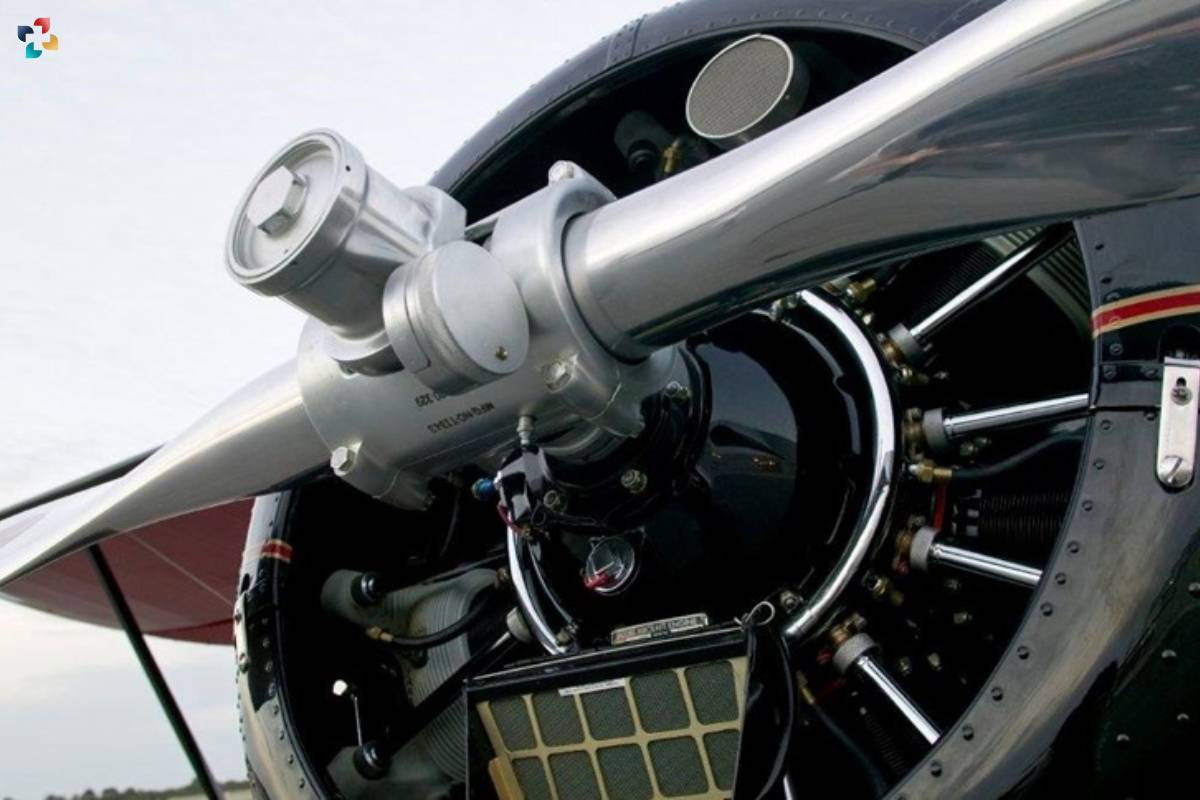Source – DAN Europe
Those who participate in water-based activities including swimming, boating, and water sports run a significant risk of suffering propeller injuries. These incidents have the potential to cause fatalities, amputations, and severe cuts, underscoring the significance of awareness and prevention measures. We examine the complexities of propeller injuries in this extensive guide, looking at their causes, effects, and preventative measures. We can endeavor to guarantee safer experiences on the water for all parties concerned by comprehending the risks connected with propeller injuries and putting safety procedures into place.
Understanding Propeller Injuries: Causes and Consequences:
Propeller injuries occur when individuals come into contact with the rotating blades of a boat’s propeller. These accidents often happen in crowded waterways, during activities such as water skiing, wakeboarding, or swimming near boats. The sharp blades of a propeller can cause deep lacerations, traumatic amputations, and extensive tissue damage upon impact. In severe cases, propeller injuries can lead to permanent disability or death, making them a significant concern for boaters, swimmers, and water sports enthusiasts alike.
Common Scenarios Leading to Propeller Injuries:

Propeller injuries can occur in various scenarios, including individuals falling overboard and being struck by the propeller as the boat moves forward, swimmers or divers surfacing near the stern of a boat without the operator’s awareness, or water sports participants falling into the path of a moving boat. These accidents often happen unexpectedly and can result in catastrophic injuries within seconds. Additionally, factors such as operator error, alcohol consumption, and inadequate safety precautions can increase the likelihood of propeller accidents occurring.
Moreover, propeller injuries may also occur when inexperienced or reckless operators engage in risky maneuvers such as sharp turns or sudden changes in speed, increasing the likelihood of individuals being thrown overboard or caught in the path of the propeller. Poor visibility due to adverse weather conditions or obstructed views can further exacerbate the risk of accidents, particularly in congested waterways or areas with limited visibility.
Additionally, distractions such as cell phone use or loud music can divert the operator’s attention away from potential hazards, contributing to the occurrence of propeller injuries. These factors underscore the importance of vigilance, responsible boating practices, and adherence to safety guidelines to prevent propeller accidents and ensure the safety of all individuals on the water.
Preventing Propeller Injuries: Strategies and Safety Measures:
Preventing propeller injuries requires a combination of awareness, vigilance, and adherence to safety protocols. Boat operators should always maintain a clear line of sight and be aware of individuals in the water around their vessel. Installing propeller guards or using devices such as kill switches can help mitigate the risk of accidents by stopping the propeller’s rotation in case of a person overboard situation. Additionally, establishing clear guidelines for water activities, providing safety briefings to passengers, and avoiding reckless maneuvers can minimize the risk of propeller injuries occurring.
Educating Boaters and Water Enthusiasts on Propeller Safety:

Raising awareness about propeller injuries and promoting safe boating practices is essential for preventing accidents and minimizing injuries. Boating safety courses and educational materials should emphasize the dangers of propeller strikes and provide guidance on how to avoid them. Outreach efforts targeting recreational boaters, rental operators, and water sports enthusiasts can help disseminate information about propeller safety measures and encourage responsible behavior on the water.
Emergency Response and First Aid for Propeller Injuries:
In the event of a propeller injury, prompt and effective emergency response is critical for minimizing further harm and increasing the chances of survival. Bystanders should immediately alert the boat operator, stop the engine, and render assistance to the injured individual. Initiating basic first aid measures such as applying pressure to control bleeding, stabilizing the victim’s condition, and seeking medical help as soon as possible can make a significant difference in the outcome of propeller injury cases.
Legal and Regulatory Considerations for Propeller Safety:

From a legal standpoint, boat operators have a duty of care to ensure the safety of passengers and individuals in the water around their vessel. Negligence or failure to follow established safety guidelines can result in legal liabilities and civil lawsuits in the event of a propeller injury. Regulatory agencies such as the U.S. Coast Guard enforce boating safety regulations and may require the installation of safety devices or adherence to specific operating procedures to prevent propeller accidents.
Conclusion: Promoting a Culture of Safety on the Water:
Finally, it should be noted that propeller injuries pose a serious risk to people who participate in water-based activities, emphasizing the importance of taking preventative precautions and raising awareness. Boaters, swimmers, and lovers of water sports may lessen the chance of injuries and make the water a safer place for everyone by learning about the causes and effects of propeller accidents and putting good preventative measures into practice. Setting propeller safety as a top priority is not only morally and legally required, but it is also a critical first step in protecting lives and averting catastrophic incidents on our rivers.
FAQs
1. What are some common causes of propeller injuries?
Propeller injuries often occur when individuals fall overboard and are struck by the rotating propeller blades, or when swimmers and divers surface near the stern of a boat without the operator’s awareness. Additionally, water sports participants may inadvertently fall into the path of a moving boat, resulting in propeller accidents.
2. How quickly can propeller accidents happen?
Propeller accidents can happen unexpectedly and within a matter of seconds. The sharp blades of a propeller can cause catastrophic injuries upon impact, making it crucial for boaters and water enthusiasts to remain vigilant and take proactive safety measures.
3. What factors contribute to the likelihood of propeller accidents?
Factors such as operator error, alcohol consumption, inadequate safety precautions, and risky maneuvers increase the likelihood of propeller accidents. Poor visibility, distractions, and congested waterways further exacerbate the risk of accidents occurring.
4. How can propeller accidents be prevented?
Propeller accidents can be prevented by maintaining a clear line of sight, avoiding risky maneuvers, and adhering to safety protocols such as installing propeller guards or using kill switches. Education, awareness, and responsible boating practices are essential for minimizing the risk of accidents.
5. What should be done in the event of a propeller injury?
In the event of a propeller injury, bystanders should immediately alert the boat operator, stop the engine, and render assistance to the injured individual. Basic first aid measures such as controlling bleeding and stabilizing the victim’s condition should be initiated, and medical help should be sought as soon as possible for further treatment.








